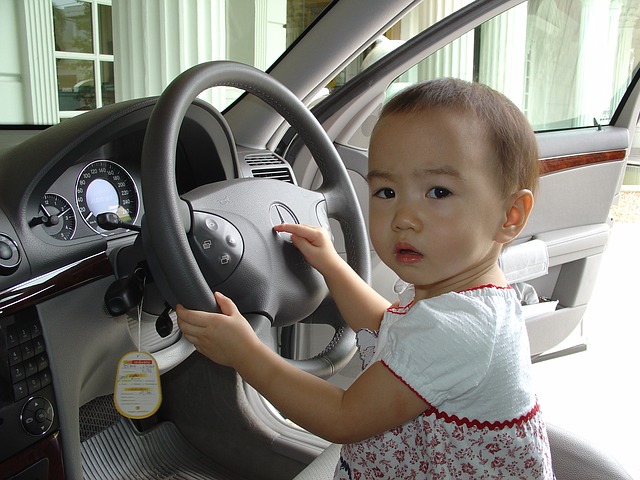Very, really, quite, pretty, so and too

Many students confuse these six adverbs, so here is an explanation of how to use them.
Very means a lot. It is used before adjectives and adverbs to make them stronger. It is the opposite of a little.
Examples:
I know he’s going to be very tired after his long trip. (He’s going to be much more than a little tired.)
We are both very interested in science. (We’re much more than a little interested.)
She learns very quickly. (She learns more quickly than normal.)
In the negative very doesn’t mean a lot. It means nothing, but people like to use it anyway.
Examples:
She doesn’t know him very well. (She doesn’t know him well.)
They don’t have very much money. (They don’t have much money.)
I’m not a very good singer. (I’m not a good singer.)
Also, you can say very very, which makes it even stronger.
Examples:
She knows me very very well.
I’m very very proud of you.
Really has the same meaning as very, but really can be used before an adjective, an adverb and a verb.
Examples:
She was really tired, so she went to bed.
He walked home really slowly.
I really like this city.
NOTE: You cannot say: I very like this city. Very cannot be used before a verb but only before an adjective or an adverb.
Also, you can say really really, which makes it even stronger.
Examples:
She is a really really good athlete.
I was really really sad to hear the bad news.
Quite is also strong and means the same thing as very and really. Like really, it is used before adjectives, adverbs and verbs.
Examples:
I’ve been quite tired these past couple days.
She sings quite beautifully.
We quite like that painting, so we’re going to hang it in the living room.
Pretty is a little less strong than very. It is used before adjectives and adverbs but not before verbs.
Examples:
This soup tastes pretty bad. (which is not as bad as very bad)
I think she sings pretty well. (which is not as well as very well)
I’m pretty tired after a long day of skiing. (which is not as tired as very tired)
So is stronger than very. Use it when very isn’t strong enough. It is used before adjectives, adverbs but not before verbs.
Examples:
I’m so tired of hearing the neighbors argue. (more than very tired)
She talks so fast that sometimes I don’t understand what she says. (more than very fast)
We’re so glad you decided to come work for us. (more than very glad)
Also, use so (adjective/adverb) that when a reason or a result is stated. You can drop that if you want to.
Examples:
They were so grateful that we had helped them. (Our helping them was the reason they were grateful.)
She sang so beautifully people in the audience started to cry. (People starting to cry was the result of her singing.)
You were so excited that you had won the contest. (Your winning the contest was the reason you were excited.)
Too is the strongest, and is used when something cannot be done. The thing that cannot be done starts with to. You don’t have to state what cannot be done, however, if it was stated earlier. It is used before adjectives, adverbs but not before verbs.
Examples:
They were too tired to play another game. (Playing another game could not be done.)
They were walking too slowly to get to school on time. (Getting to school on time could not be done.)
It’s too late to do anything about it. (Nothing can be done.)
BUT NOT: The team was too excited about their win. (Nothing cannot be done.)
CORRECT: The team was very/really/so excited about their win.
So let’s review:
Very goes before an adjective or an adverb but NOT a verb. It is strong.
Really can go before an adjective, an adverb or a verb. It is just as strong as very.
Quite can go before an adjective, an adverb or a verb. It is just as strong as very.
Pretty can go only before an adjective or an adverb. Use it to make the word a little stronger. It is the weakest of the six words.
So is used when very isn’t strong enough. It is used before an adjective or an adverb. It’s also used when a reason or result follows.
Too is used when something cannot be done. That thing starts with to. It is used before an adjective or an adverb.
Study this page and when you’re ready, do the exercise below.
Your Score:
Your Ranking:
© 2013 Ambien Malecot